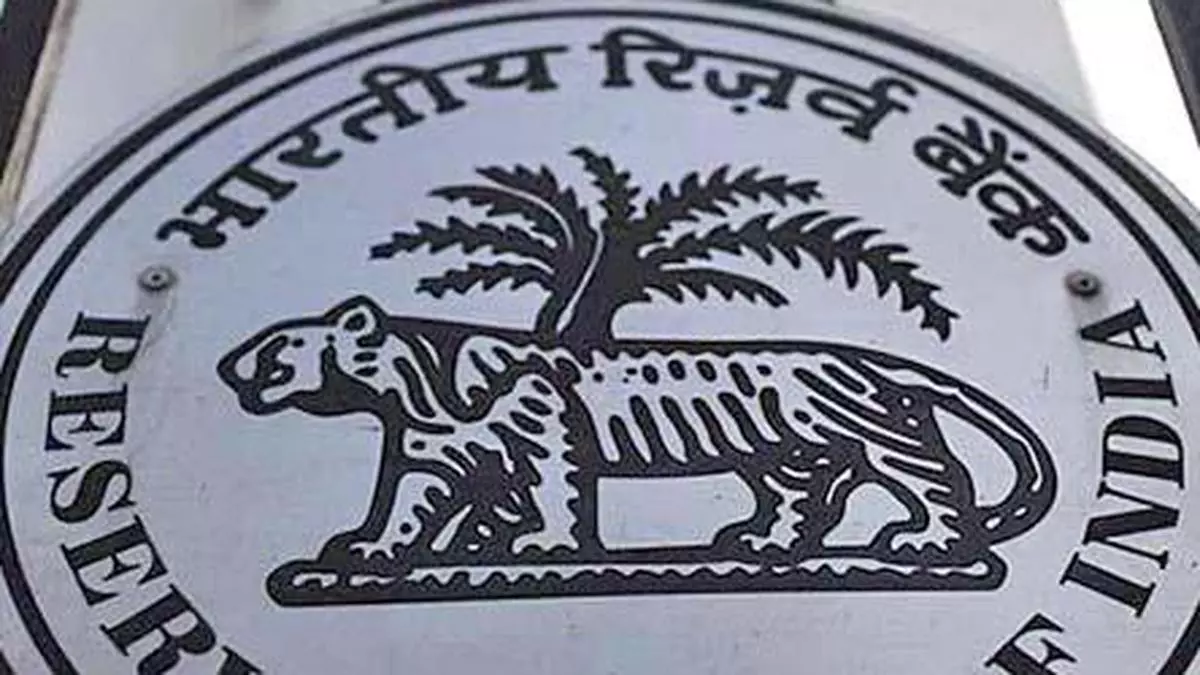After 10 quarters, current account balance turns surplus in Q4
India’s current account balance recorded a surplus in the fourth quarter (Q4) of FY24 after a gap of ten quarters even as the current account deficit (CAD) for the full financial year more-than-halved to a seven-year low.
The country’s current account balance recorded a surplus of $5.7 billion (0.6 per cent of GDP) in Q4 (January-March) FY24 against a deficit of $8.7 billion (1 per cent of GDP) in the preceding quarter.
The current account balance in the reporting quarter turned into surplus due to lower trade deficit, robust services export growth and strong remittances.
Net services receipt at $42.7 billion was higher than its level a year ago ($39.1 billion), which contributed to the surplus in the current account balance during the reporting quarter, according to the Reserve Bank of India’s statement on “Developments in India’s Balance of Payments.“
In the year-ago period, India’s CAD was at $1.3 billion (0.2 per cent of GDP). In absolute terms, the CAD was at $23.2 billion in FY24 against $67 billion in FY23.
Also read: India-EFTA trade pact marks a ‘watershed moment’ opening huge economic opportunities: PM Modi
Current account balance is the difference between the sum of exports of goods and services as well as income receivable (A), on the one hand, and the sum of imports and income payable (B) on the other. This account slips into deficit when B is greater than A.
Rupee movement
If a country’s current account is in deficit, it has implications for its currency. The local currency tends to depreciate.
“For FY25, going by the early trends, the CAD should be manageable at 1-1.5 per cent of GDP and the steady capital inflows should ensure that the balance of payments which reflect the fundamentals remain comfortable. This will also keep rupee range-bound at ₹83-84/$ with external factors such as strength of the dollar guiding the currency,” said Madan Sabnavis, Chief Economist, Bank of Baroda.
Aditi Nayar, Chief Economist, Head of Research and Outreach, ICRA, observed,
“The turnaround to a surplus in Q4 FY2024 from a deficit in the year-ago period, was primarily driven by a narrowing in the merchandise trade deficit print to a ten-quarter low of $50.9 billion in Q4 FY2024 from $69.9 billion in Q3 FY2024. Aided by a narrower merchandise trade deficit and a robust expansion in the services trade surplus, India’s CAD more-than-halved to a seven-year low of $23.2 billion in FY2024 from $67 billion in FY2023.”
ICRA expects the CAD to rise slightly in FY25, while remaining eminently manageable at ~1-1.2 per cent of GDP, owing to a widening in the merchandise trade deficit in this fiscal, on the back of domestic demand and higher commodity prices.
Also read: Global rupee trade off to a good start
In particular, the rating agency has assumed an average price of the Indian basket of crude oil of $85/barrel.
Nayar assessed that a CAD of 1-1.2 per cent of GDP in FY25 would be comfortably financed, particularly given the expectations of large FPI-debt inflows on account of the bond index inclusion starting end-June.
